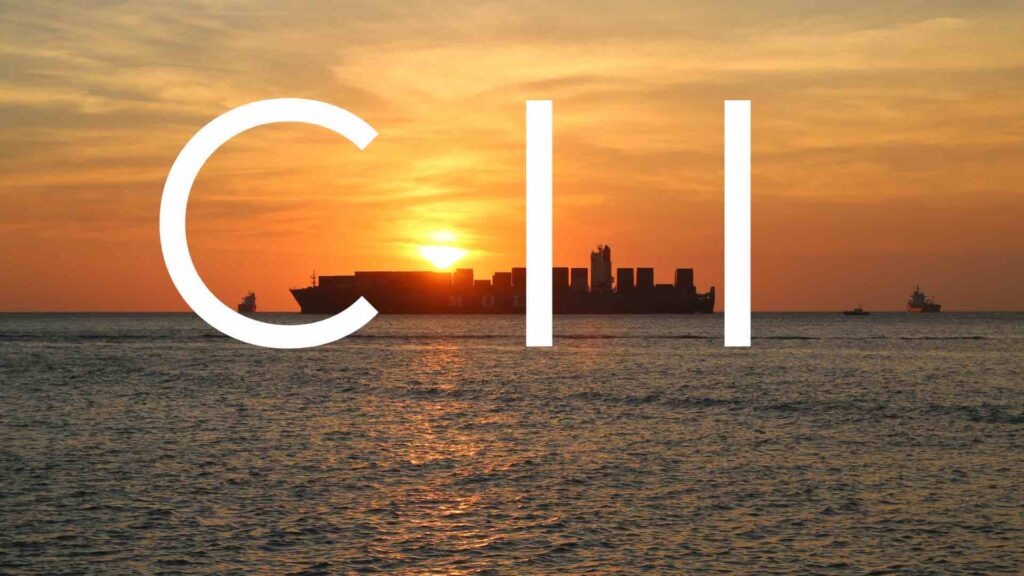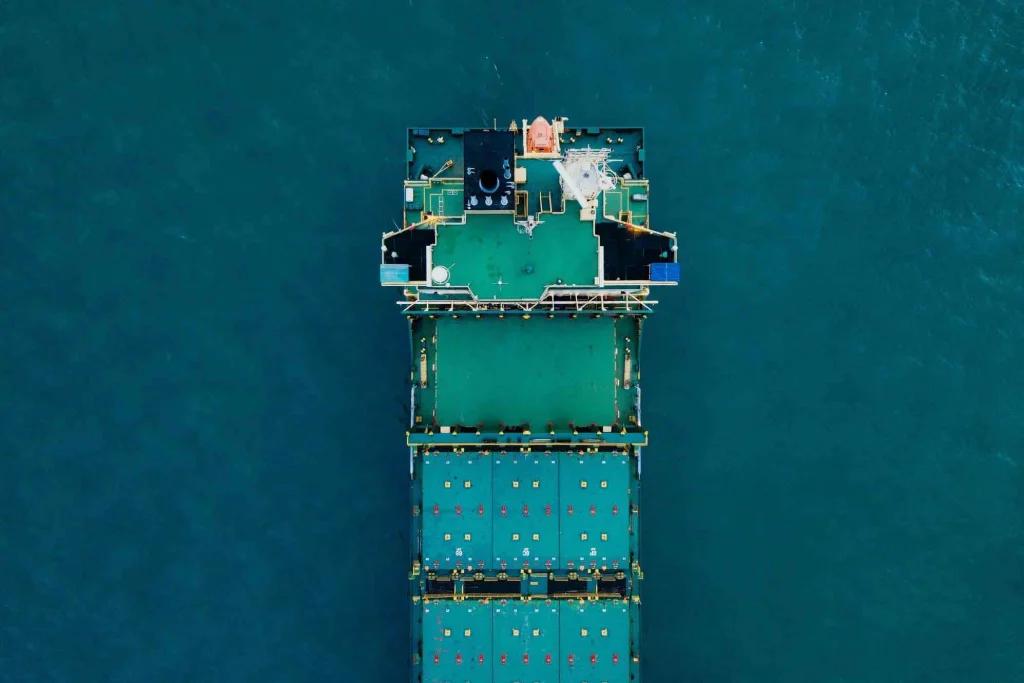28 November 2024
Continuous CII monitoring is essential to comply

Ship management and maritime service provider Columbia Shipmanagement (CSM) has recently highlighted the role of engine health monitoring systems and assessing the Carbon Intensity Indicator (CII) in a timely manner in order for shipowners to reduce carbon emissions. Therefore, advised on the role of CII monitoring in a timely charter.
Concept
The CII is a measure of how efficiently a ship transports goods or passengers. Measured in grams of CO2 emitted per cargo-carrying capacity and nautical mile. According to the International Maritime Organisation (IMO), the ship then carries an annual rating ranging from A to E. Note that, the rating thresholds will become increasingly stringent towards 2030. The CII applies to all cargo, RoPax, and cruise ships above 5,000 GT.

CII Calculation: Carbon Intensity Indicator Guide
How to calculate the CII rating? We debunk its complexity by simplifying the procedures based on IMO guidelines.
Ship Nerd
A recent BIMCO announcement suggested that owners and charterers need to collaborate and cooperate to manage the IMO’s objective to reduce carbon emissions. Its new clause sets out a way forward in a time charter context, where charterers are responsible for the operation of the vessel.
Continuous CII monitoring
In response to these issues, CSM has decided to use Emissions and Engine Health Monitoring System. Particularly, to identify issues and failures, monitor vessel KPIs, and integrate third-party data analytics. Hence, continuously improving the vessel’s engine room performance.
“With the recent introduction of the BIMCO CII operation clause addition, the need to use continuous CII monitoring systems as well as an engine health monitoring system are fully covered through our emissions monitoring addition and PANGIA-Engine Monitoring System,”.
Capt Pankaj Sharma, CSM’s Group Director Digital Performance Optimisation
According to Capt Sharma, when it came to advising shipowners, the CII should be measured and assessed on a continuous basis and trends identified proactively rather than depending on end-of-year results.
“Shipowners should use CII projection to predict resultant CII and have early discussions with their charterers. It is important they ensure their engines are in good working health and are advised to invest in an engine health monitoring system such as the one used in the POCR, for recordkeeping and evidence. The crew should also be fully trained for sensitivity and impact of CII reporting and management…
They should ensure there is implementation of an operations monitoring system including statement of fact for recordkeeping and evidence and should engage with shipowners to identify and resolve any technical issues,” Capt Sharma added.
Capt Pankaj Sharma, CSM’s Group Director Digital Performance Optimisation
Source: CSM
See Also
How can energy-saving technologies, also referred to as energy-saving devices, help you comply with CII? If you want hard data and real-world examples from vessel operators, a recent webinar is a must.
70% of webinar participants revealed they were planning upgrades, while 0% needed no upgrades. What’s behind these stark figures?

How energy-saving technologies can help CII rating
How can energy-saving technologies, also referred to as energy-saving devices, help you comply with CII? If you want hard data and real-world examples from vessel operators, a recent webinar is a must.


